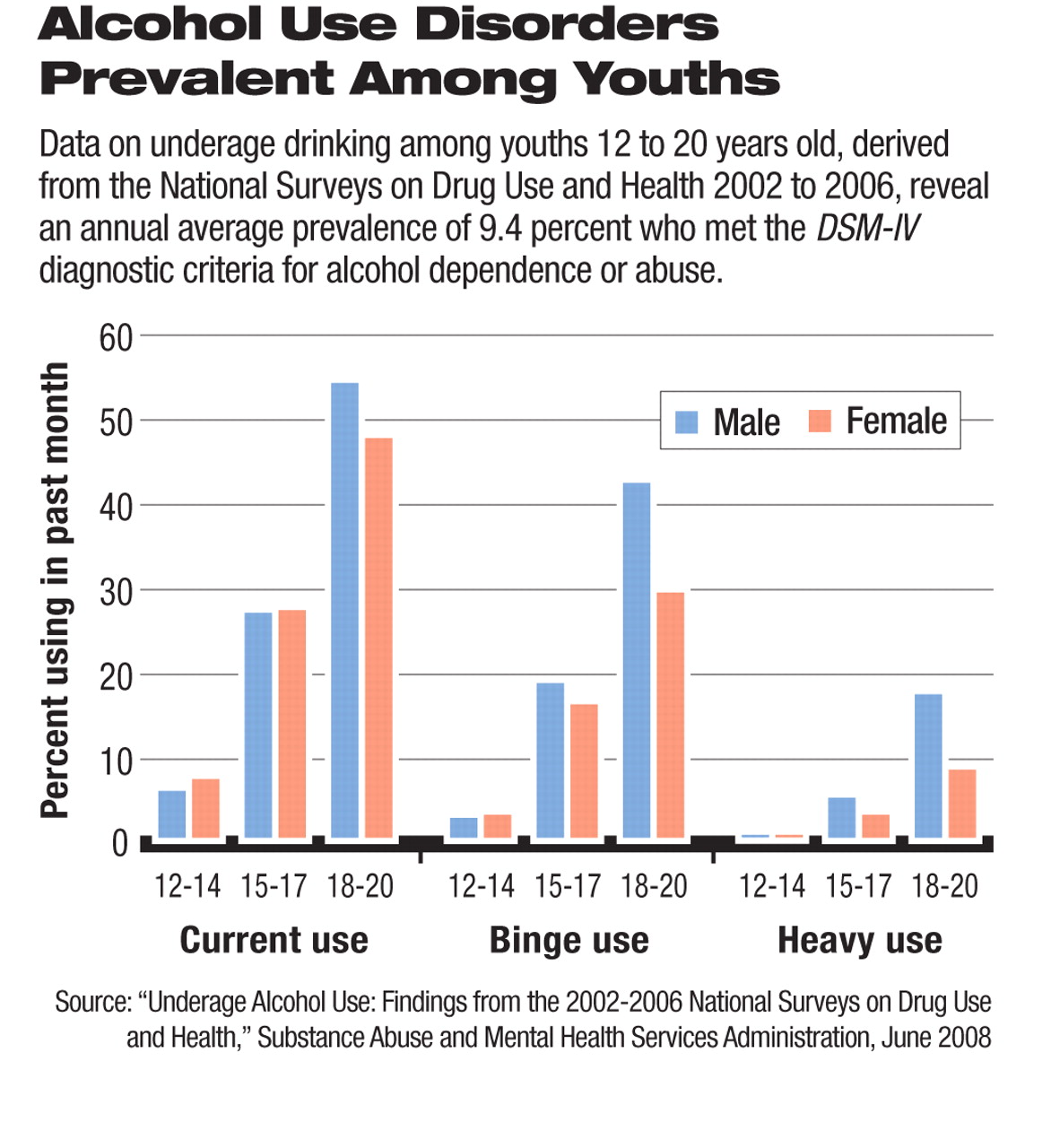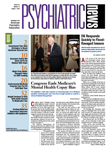An estimated 10.8 million youths between 12 to 20 years old drink alcohol, and a majority of these underage drinkers are given free alcohol by adults, according to a report released in June by the Substance Abuse and Mental Health Services Administration (SAMHSA).
The report presents analyses of data collected in the annual National Survey on Drug Use and Health from 2002 to 2006. The survey, sponsored by SAMHSA, is conducted in households throughout the United States with people aged 12 or older.
Based on results from 2006, the latest data available, the lifetime prevalence of underage drinking (persons between the ages of 12 and 20) was 53.9 percent. Current use of alcohol, defined as drinking in the past month, amounted to 28.3 percent. Among those who reported current drinking, 19 percent said they had consumed five or more alcoholic drinks on at least one occasion in the prior month, or binge drinking. A third of the binge drinkers (6.2 percent of 12- to 20-year-olds) reported binge drinking five or more days in the prior month; this was projected to an estimate of 2.4 million underage heavy drinkers.
Nearly 9.4 percent of youths between ages 12 and 20 met DSM-IV criteria for alcohol dependence or abuse, based on the annual average of 2002 to 2006 (see chart), which amounts to approximately 3.5 million youth. The rate was almost 20 percent among male adolescents between 18 and 20 years old.
Home environment has an important effect on young people's drinking habits, according to the report. The rates of alcohol use and dependence or abuse by underage youth were “considerably higher” if they lived with a drinking parent, the report noted.
In the 2006 survey, more than two-thirds (69 percent) of all underage drinkers said they got free alcohol. The sources of free alcohol included an unrelated adult, another underage person, or an adult family member (for example, a parent or guardian) or from their own or someone else's home.
Although the overall rates of underage current and binge drinking were higher among male teenagers, the gender gap seems to be disappearing in younger groups. The rate of current drinking (within the past 30 days) was about the same for 15 to 17 year olds, and slightly higher in girls than boys between 12 and 14. Girls also had higher rates of binge drinking and alcohol dependence or abuse than boys in this youngest age group.
“Underage Alcohol Use: Findings From the 2002-2006 National Surveys on Drug Use and Health” is posted at<oas.samhsa.gov/underage2k8/toc.htm>.▪

